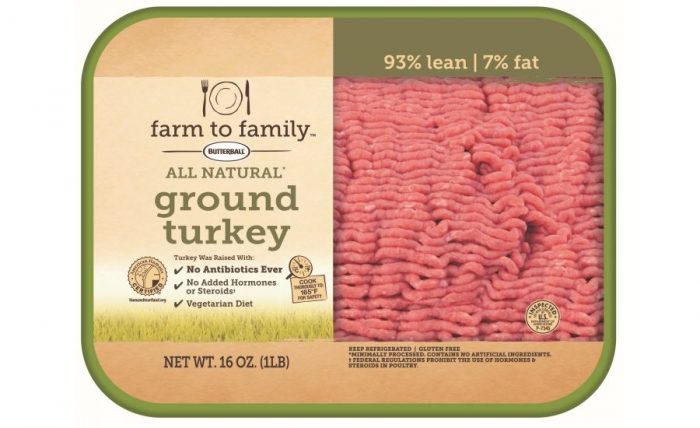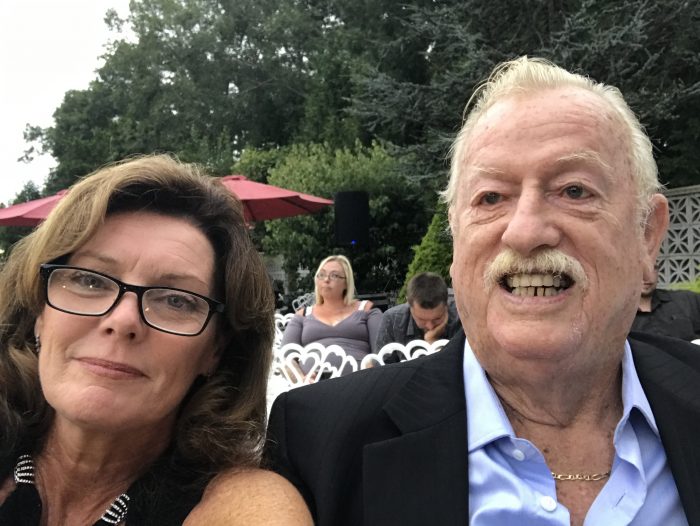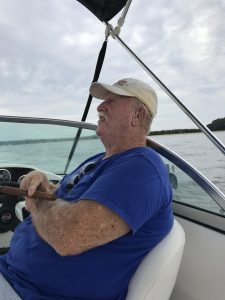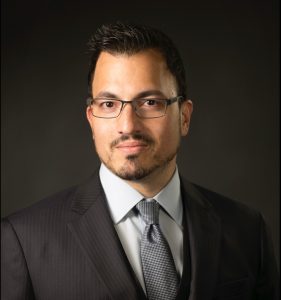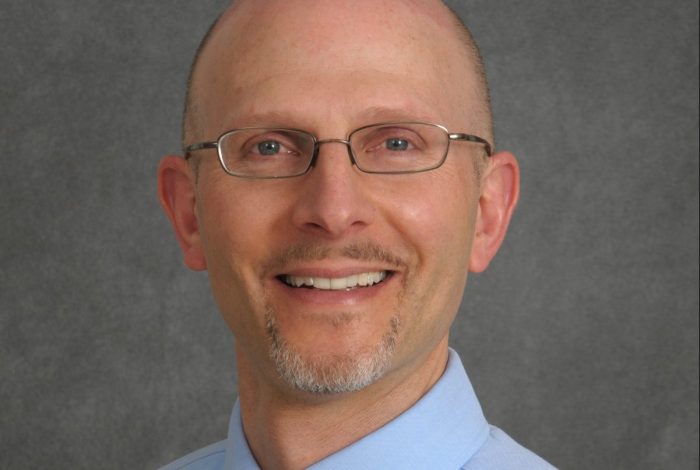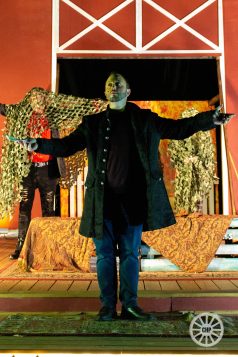“The purpose of the Warrior Open is to celebrate those who have served our country, and to remind our fellow citizens how fortunate we are to have men and women volunteer in the face of danger.” — President George W. Bush (2011)
The former president supported a golf outing to honor the wounded warriors on the 10-year anniversary of September 11. For two decades, American soldiers from every part of this nation had served in Iraq and Afghanistan to defend the country in the face of terrorism.
Since 2008, Rocky Point Veterans of Foreign Wars Post 6249 has run an annual golf outing similar to that of Bush’s to show appreciation and support to our local veterans who have served under Operation Iraqi Freedom and Operation Enduring Freedom in Afghanistan.
This outing was established by Michael Mauro of Baiting Hollow through the simple idea of helping veterans who have fallen on hard medical and financial times as a result of their fighting time overseas.

As a former technical sergeant who was a heavy truck operator at the 106th Rescue Wing in Westhampton Beach and a former member of the U.S. Marine Corps, Mauro initiated the local push to provide comfort to our local veterans. He was deployed to Iraq, left his newborn son and young family behind, and was wounded in that conflict.
This golf outing emerged during the height of the costly War on Terror fighting in Iraq and Afghanistan. It was estimated there were over 52,000 soldiers severely wounded, as many as 500,000 living with post-traumatic stress disorder, and about 320,000 service members who have suffered from brain debilitating injuries.
With post Cmdr. Joseph Cognitore at Mauro’s side and many of the veterans from different components of the armed forces and conflicts, VFW Post 6249 has created one of the strongest golf outings on Long Island. Over the last 14 years, more than $220,000 has been raised by the participating golfers, businesses, veterans, law enforcement, union organizations and post members.
Cognitore has taken over the responsibilities of this outing for the last two years, and has expanded on this tradition to use golf as a tool to help our veterans. And the devotion to continue these efforts toward helping hurt veterans is still a necessity, as the national chapter of the Wounded Warrior Project recorded that over 184,000 veterans, family members and caregivers are registered for financial support.
While the fighting and deployments have ended in Iraq and Afghanistan, there are vital needs of veterans who are still handling physical and psychological ailments. This North Shore community is no different than any other part of the United States, as there are many local veterans impacted by combat. Cognitore and VFW Post 6249 are eager to help them with financial assistance.
These outings have been held at Long Island National Golf Club in Riverhead, the old Calverton Links, Cherry Creek Golf Links in Riverhead, Willow Creek Golf & Country Club in Mount Sinai and Baiting Hollow Golf Club. There has been a tremendous amount of loyalty toward this function with golfers who have attended this function since 2008.
Next year, it is expected that VFW Post 6249 will carry out this tradition by having this event at Great Rock Golf Club in Wading River. To make this annual event possible, Cognitore counts on the support of Mike Wern, Gary Suzik, Pat Biglin, Bill Fitz, Tom and Ray Semkow, Gil Jenkins, and many of the women from the military ladies’ auxiliary.

This outing would not be possible without the participation of the golfers along with the businesses and organizations which have always been very generous. Financial donations have been received from B.A.C. Systems and Brian May, Landmark Industries and Mark Baisch, Stanley Steemer and Keith Burtis, the team from Drexel Hamilton and Mike Parisi from Parkside Fuel in Mount Sinai.
Next to these participants are the former Major League Baseball players: Yankee Frank Tepedino, Met Art Shamsky, Pittsburgh Pirate Fred Cambria and longtime scout Larry Izzo. These professional baseball men have been a constant staple within this golf outing that has seen them hit long drives, strong puts and the telling of unique baseball stories from many years ago.
Cognitore has donated proceeds to local military scholarships, building homes for veterans, and has the constant goal of helping wounded service members. This is a special golf outing.
VFW Post 6249 continues to shine as a major veterans organization that works to make this community into a better place. Through its most recent efforts to build the PFC Joseph P. Dwyer Statue in Rocky Point, the Diamond in the Pines 9/11 Memorial in Coram and the Rocky Point High School Veterans Wall of Honor, this golf outing is another example of support to provide comfort to our local citizens.
And much of these efforts are carried out by Vietnam War and Cold War veterans who have a new mission of compassion to ensure that the men and women who fought for this country are properly recognized and are never forgotten.
Rich Acritelli is a social studies teacher at Rocky Point High School and an adjunct professor of American history at Suffolk County Community College. Members of the Rocky Point High School History Honors Society contributed to this story.

























